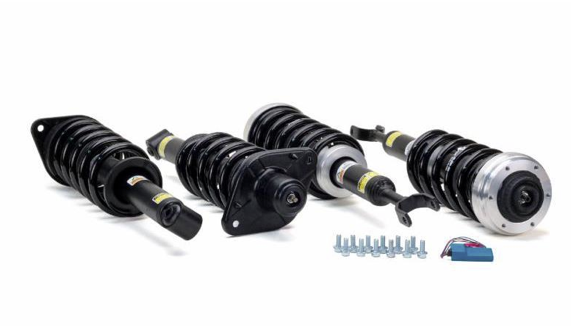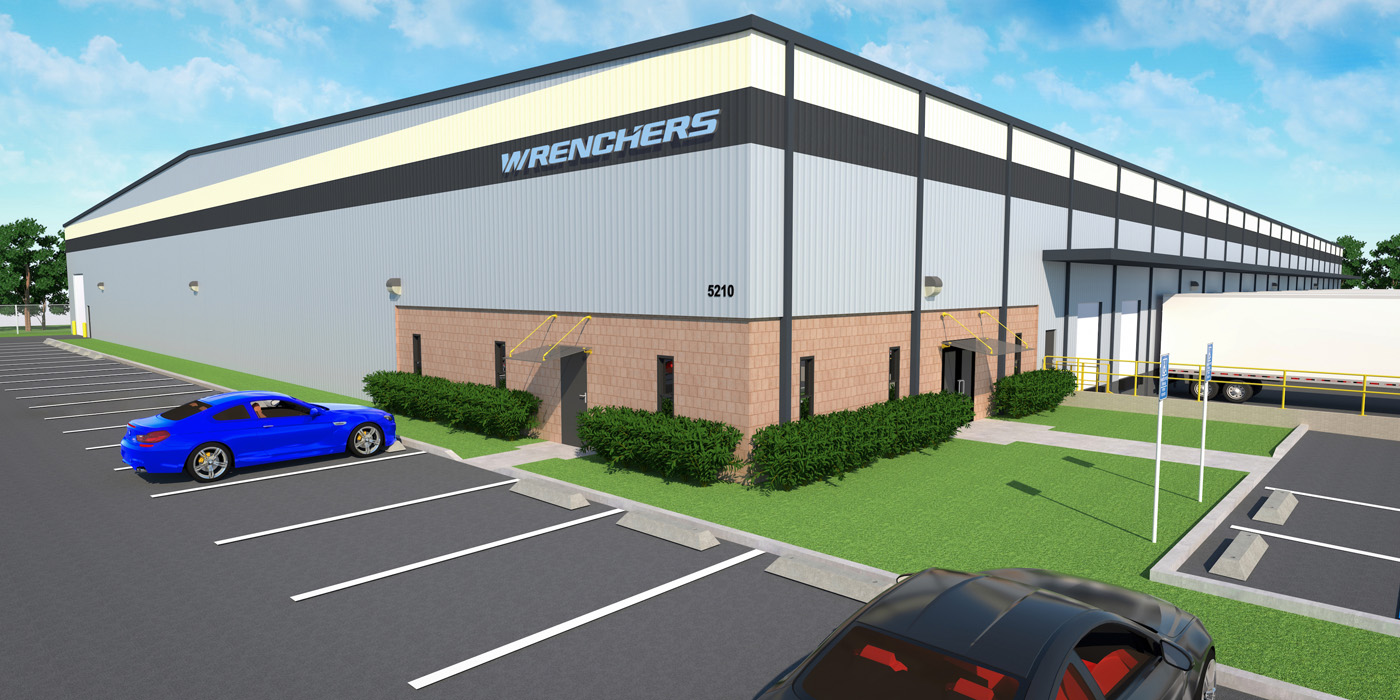KARIYA, Japan – DENSO Corp. has developed a new vision sensor that it says is 50 percent smaller than the company’s previous sensor. The new sensor, which is used in active safety systems with Automatic High Beam (AHB) Control Systems and Lane Departure Warning (LDW) Systems, is the world’s smallest of its kind, according to DENSO. In addition, the sensor can perform at a higher operating temperature compared to the previous model, making this the greatest operating temperature range in the world as well, the company states.
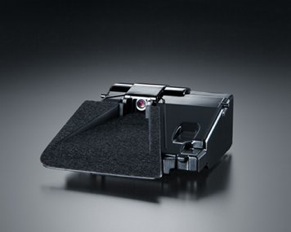 Typically, vision sensors are mounted on the upper edge of the windshield near the rear view mirror. Because of the location, DENSO engineers focused on reducing the sensor’s size. In addition, for the new sensor to better operate in hotter climates and regions, DENSO also needed to focus on increasing the sensor’s maximum operating temperature.
Typically, vision sensors are mounted on the upper edge of the windshield near the rear view mirror. Because of the location, DENSO engineers focused on reducing the sensor’s size. In addition, for the new sensor to better operate in hotter climates and regions, DENSO also needed to focus on increasing the sensor’s maximum operating temperature.
To address these two challenges, DENSO developed a low-processing load and high-performance algorithm, which only requires a high-temperature resistant, general-purpose microcomputer as opposed to image-processing integrated circuits (ICs), which are generally required for vision sensors for both LDW system and AHB system. Eliminating these ICs allowed the sensor size to be reduced, which also allowed for an increase in the maximum operating temperature, DENSO says.
DENSO’s new sensor is equipped with a full-color camera as opposed to a monochrome camera, which allows the LDW System to detect lane lines markings in various colors around the world. This also allows the AHB Control systems to easily distinguish the tail lights of the vehicle ahead from other light sources.
This new vision sensor is available as a factory option for the Lexus ES, which launched in China this July, and will launch later in North America, Russia, the Middle East, as well as other regions of the world. DENSO says it will progressively make the new sensor available for a greater number of vehicle models.
Meet the January ‘Guess the Car’ Champion: Jake Myers
The correct answer for the January contest was the Toyota C-HR.
Every month, Counterman’s “Guess the Car” contest challenges our readers to solve an automotive riddle, for a chance to win $100. And each month, we receive hundreds of responses from aftermarket professionals trying to guess the model of the vehicle depicted.
The correct answer for the January contest was the Toyota C-HR. (The illustration showed a man approaching a door with the letters “HR” on it.)
AACF Applications Increase 90 Percent in Wake of Wildfires
The Camp Fire destroyed 14,000 residences, displaced thousands and left more than 80 dead and hundreds missing.

Purolator Launches Summer Mail-in Rebate Promotion for Air Filters
The promotion will run through Aug. 31 for all Purolator air and cabin air filters.

Epicor To Demonstrate Augmented Reality eCatalog At AAPEX In Las Vegas
This “Catalog of the Future” enables users to perform inspections, visualize parts and labor information and order replacement components from the service bay, the company says.
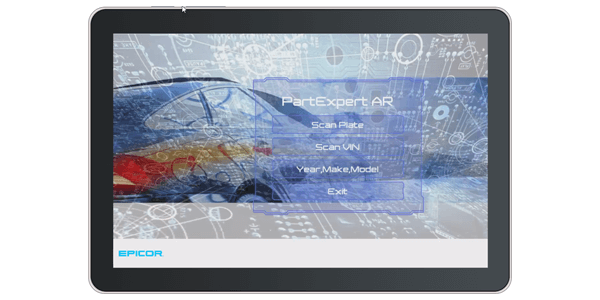
Continental Expands Popular Asian, European And Domestic Coverage For VDO Brushless HVAC Motors
The company has added more than 30 new SKUs to its VDO Brushless HVAC Motors line, expanding the company’s coverage to include Audi, Cadillac, Chevrolet, Dodge, Ford, Infiniti, Lexus, and Toyota automobiles and light trucks for model years 2011-’17.
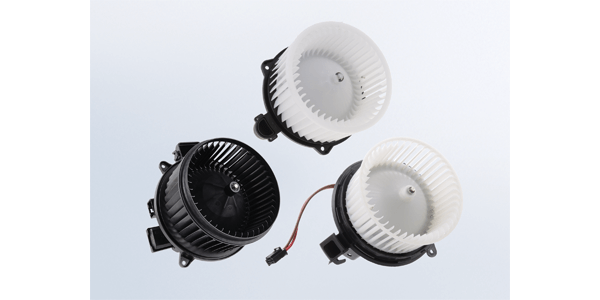
Other Posts
OttoFran And Vast-Auto Family Hold 2017 Annual Convention
The Vast-Auto and OttoFran marketing and sales team held various workshops during which the latest market information, the new banners programs, marketing campaigns and the action plan for 2017-2018 were presented.

Streamlight Introduces Rechargeable KeyMate USB Flashlight
With an off/off button for constant operation, the KeyMate USB has three modes: high (35 lumens); low (16); and strobe (flashes at high lumen level). Featuring LED technology for extreme brightness, the light provides a run time of one hour on high and two hours in both the low and strobe modes.
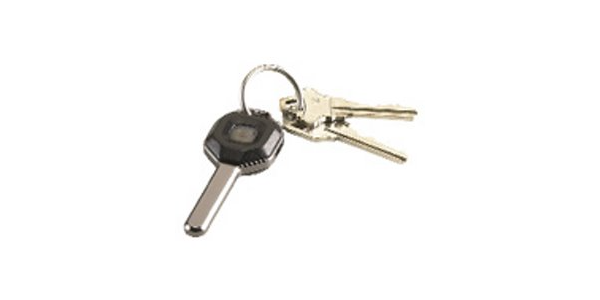
All-New Ford Expedition Redefines Full-Size SUVs with Adaptable Interior, Smart Technology for Every Occupant
DALLAS–(BUSINESS WIRE)–For today’s active families, Ford introduces the all-new Expedition – the smartest, most capable and most adaptable Expedition ever – with technology to keep every passenger connected, more power for drivers, and more expected towing capability than any other full-size SUV. Related Articles – Coil Conversion Kit For 2001-’05 Audi A6 And Audi allroad
Coil Conversion Kit For 2001-’05 Audi A6 And Audi allroad Quattro
For ride quality, the kit includes new custom-valved, application-specific shock absorbers. The Audi front coil spring assemblies include new upper mounts, Arnott says.
